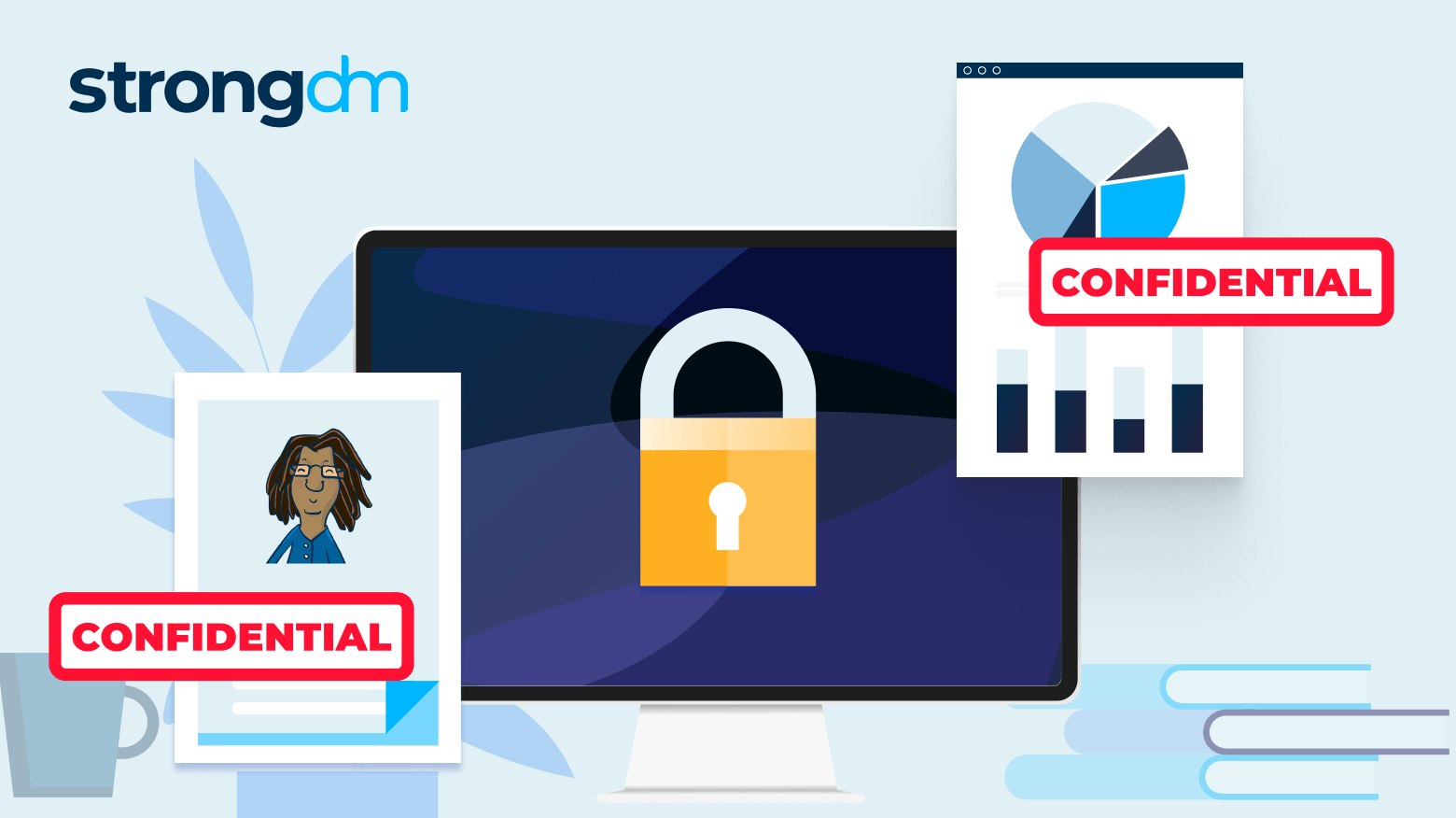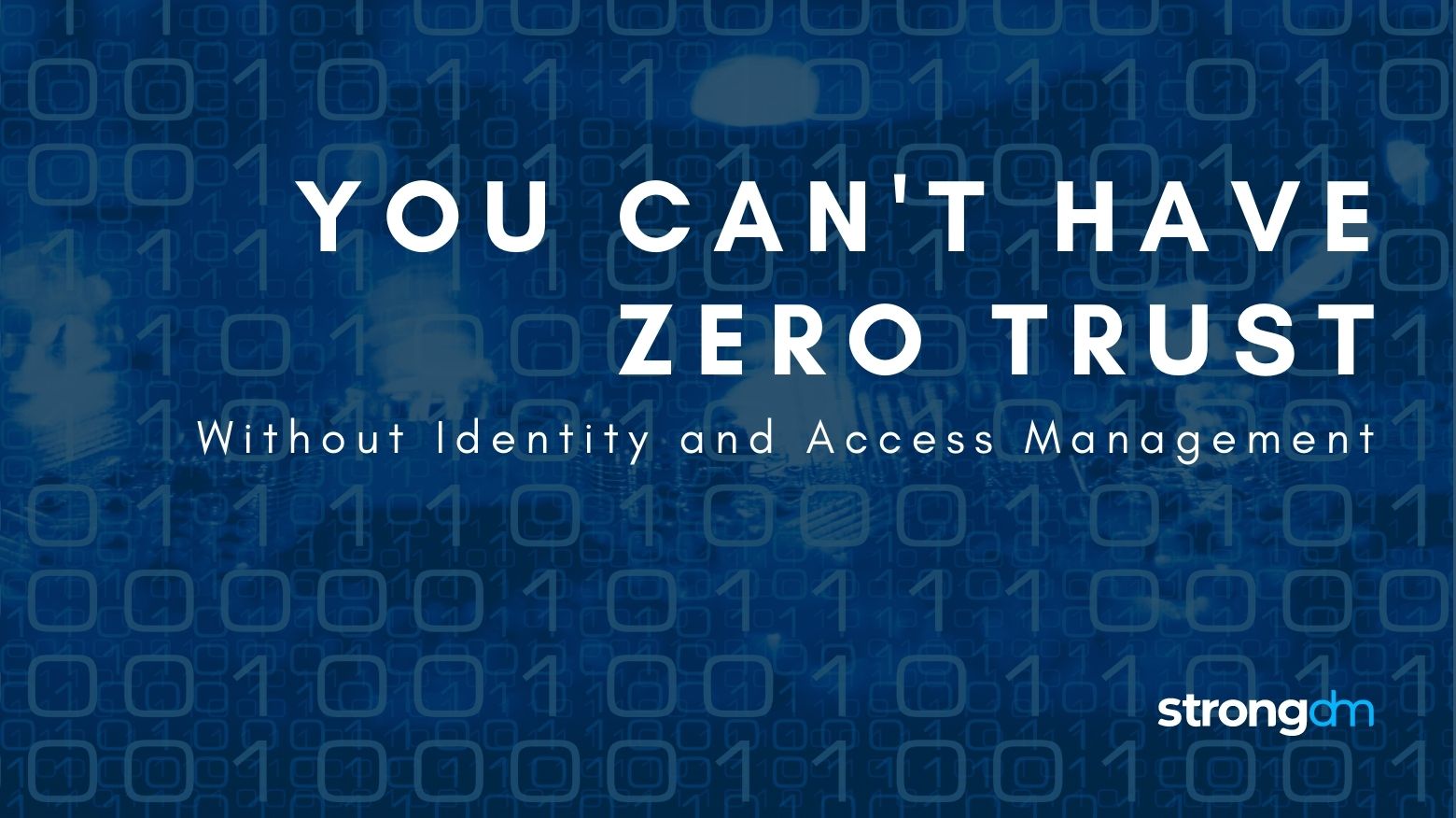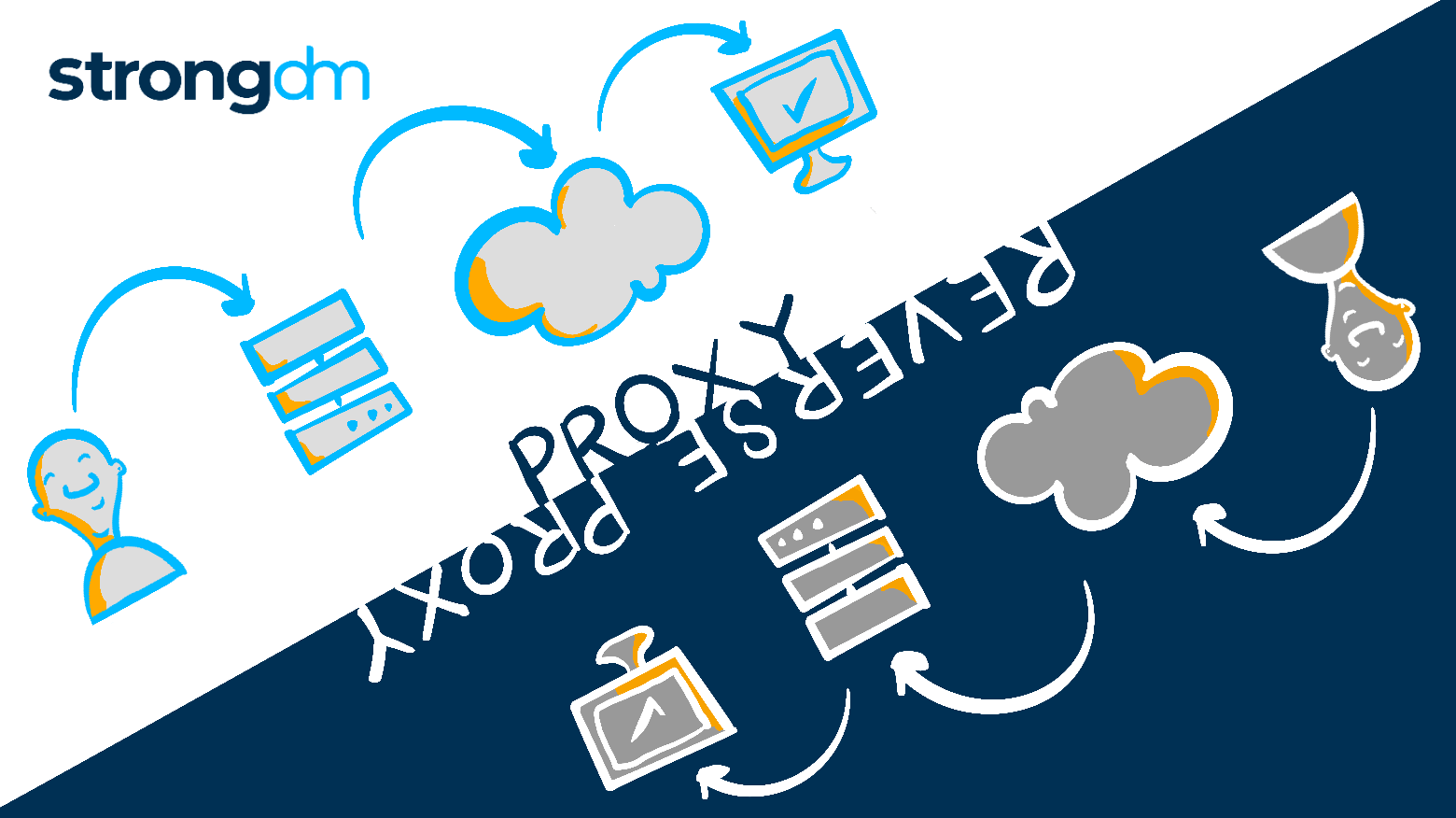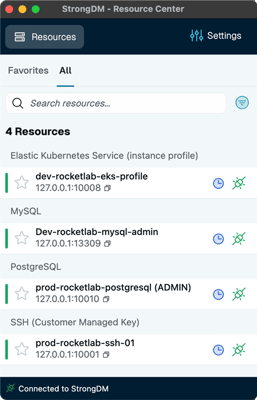Data loss prevention (DLP) can save organizations millions of dollars on data breaches every year. In this article, we will take a big-picture look at data loss prevention and discover how DLP tools and processes strengthen an enterprise’s security posture.
Posts by Category:
- Security
- Access
- DevOps
- Privileged Access Management
- Auditing
- Zero Trust
- Compliance
- Policy
- Databases
- SOC 2
- Authentication
- Identity and Access Management
- Team
- Compare
- Engineering
- Integrations
- Product
- Kubernetes
- AWS
- Productivity
- Podcasts
- SSH
- Observability
- HIPAA
- ISO 27001
- Role-Based Access Control
- Dynamic Access Management
- Secure Access Service Edge
- Webinars
- Events
- NIST
- Onboarding
- Passwordless
- Offsites
- Platform
- PCI
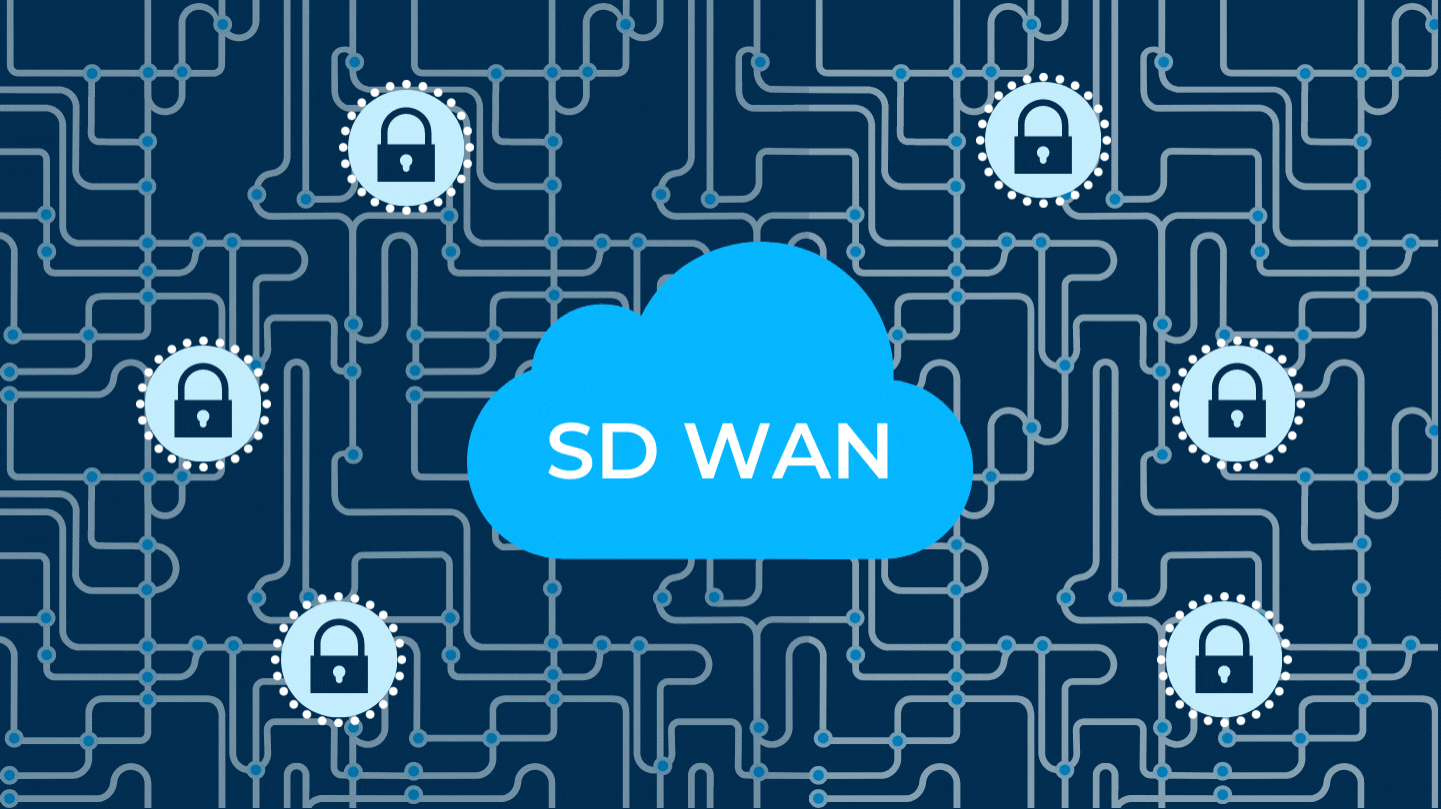
In this article, we’ll review what SD-WAN is, its history and development, as well as the key benefits and limitations of SD-WAN deployment. You’ll learn the difference between SD-WAN and WAN, VPNs, MPLS, and SDN and how the different services and solutions compare.
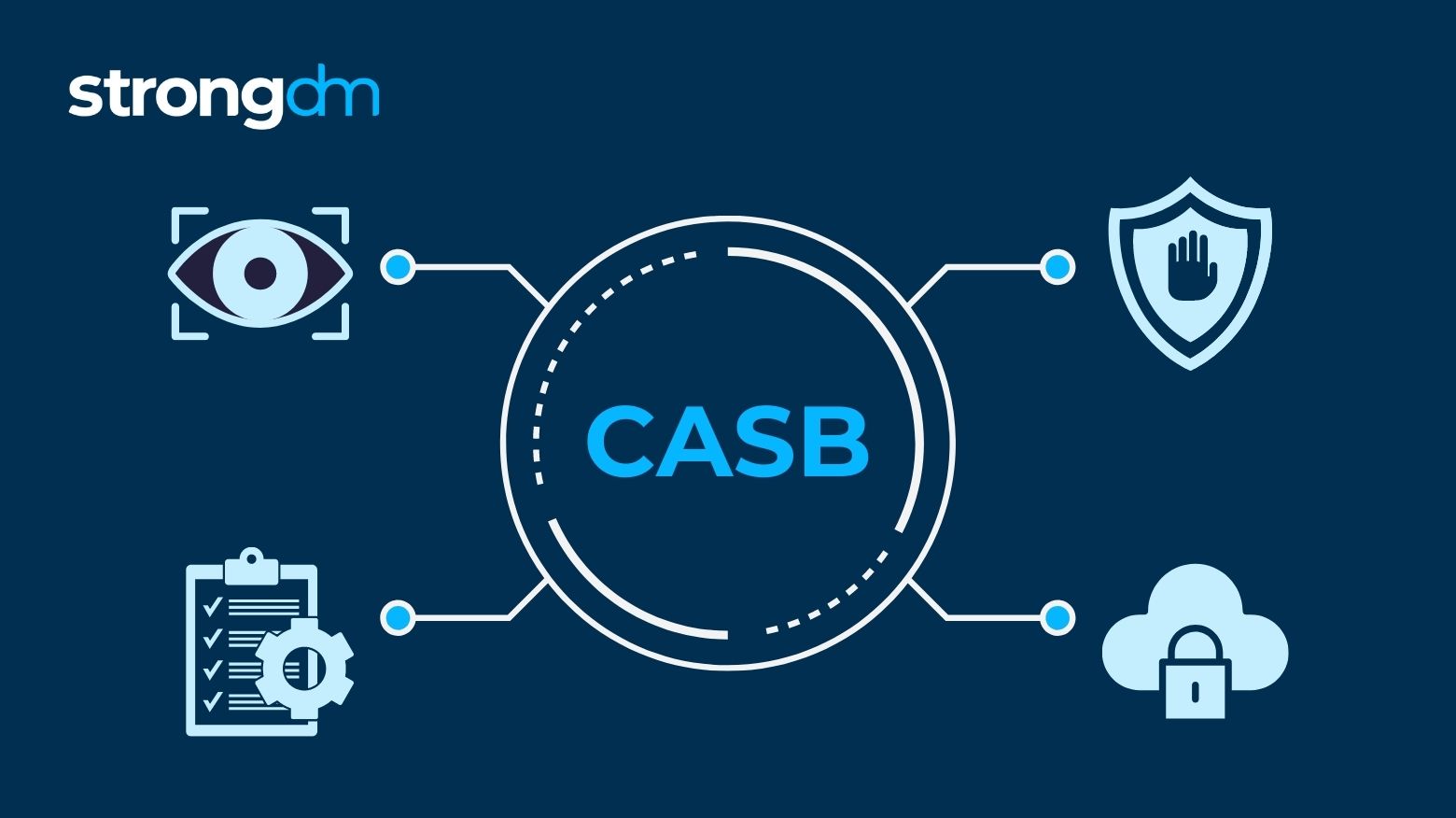
In this article, we’ll take a high-level look at what a CASB is, what it does, and how it works. You’ll learn the key pillars of CASBs and how they address the growing threat of Shadow IT in cloud-based organizations. By the end of this article, you’ll understand the differences between CASB, SASE, and IAM, as well as the main challenges to implementing a CASB solution.
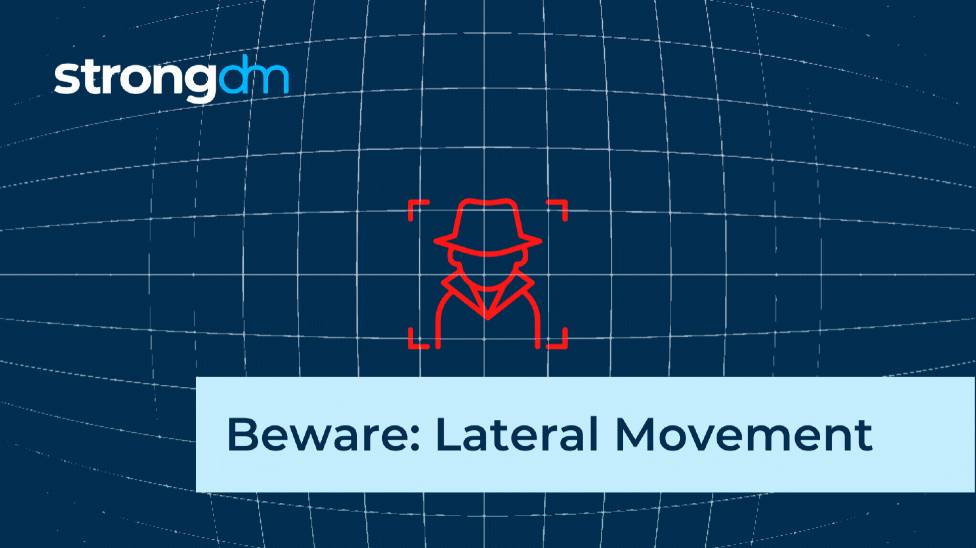
Lateral movement is when an attacker gains initial access to one part of a network and then attempts to move deeper into the rest of the network — typically via remote desktop tools or remote administration tools (RATs).
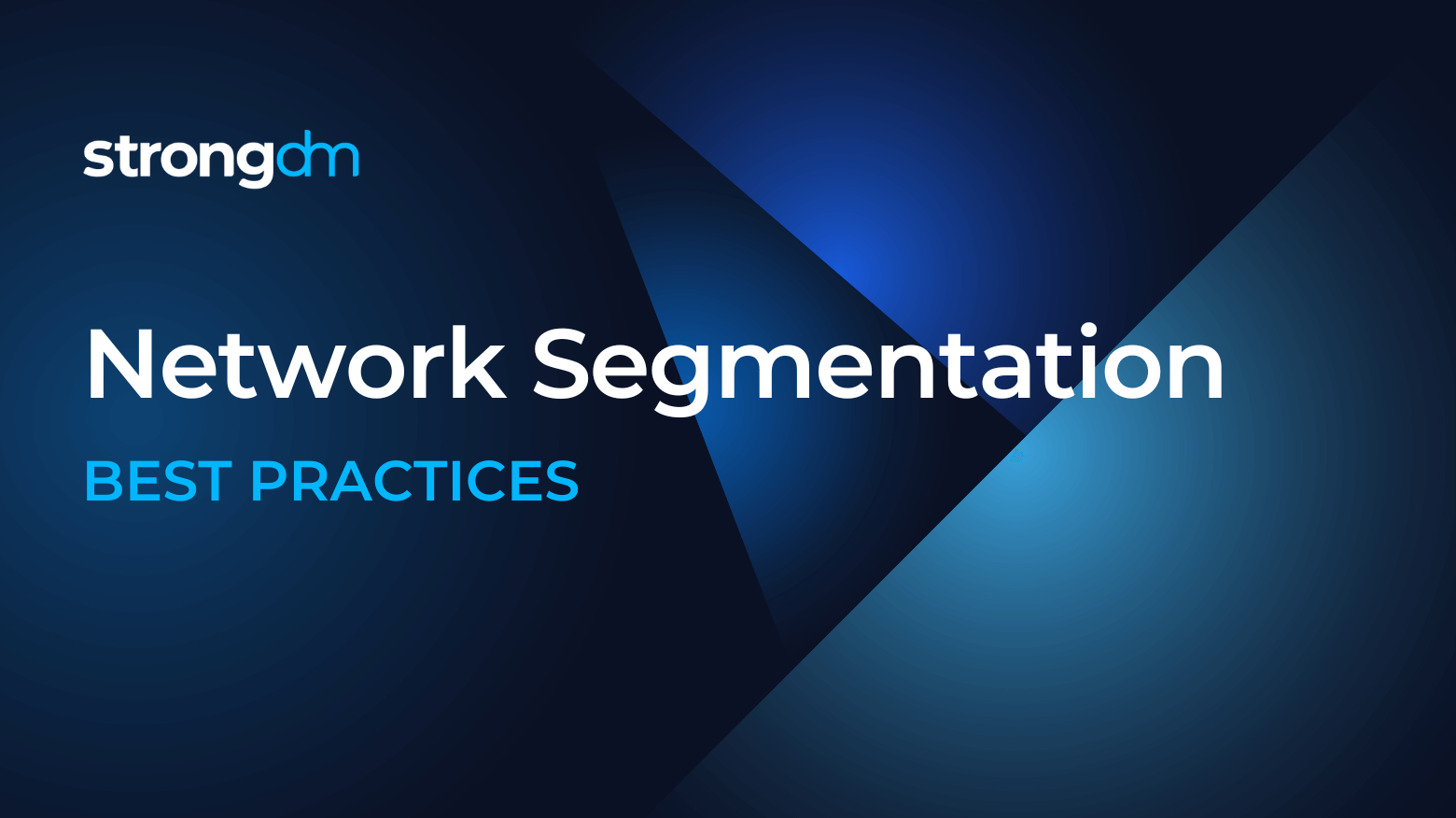
Network segmentation is key to a modern security posture. Boost your network security and improve performance with these network segmentation tips.

Modern infrastructure challenges range from new regulations to secrets management. See how Better’s CISO is tackling these challenges.
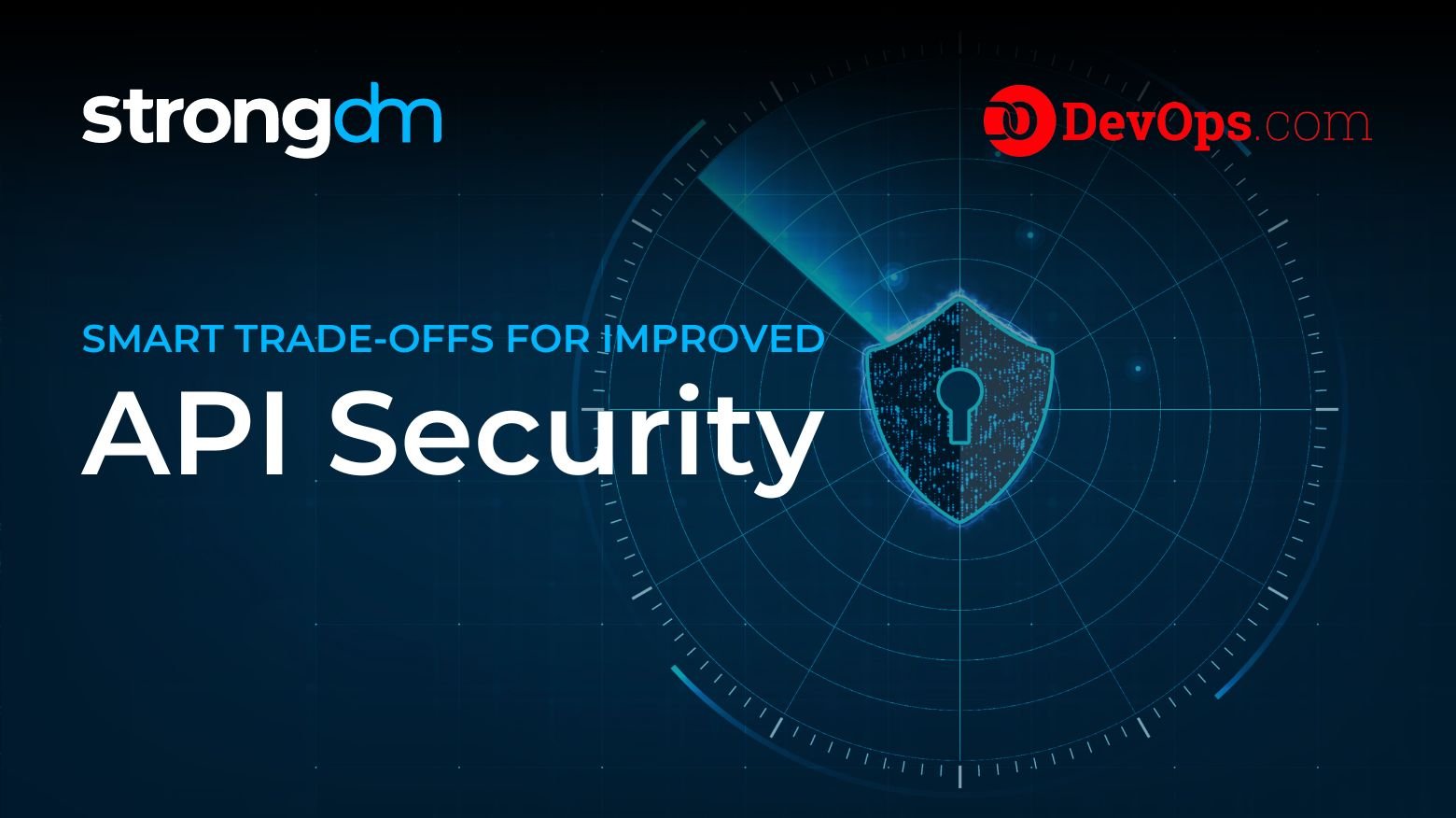
Surging API use presents new challenges for application security. Discover how experts from StackHawk, strongDM & imVision are learning to adapt and improve their API security.
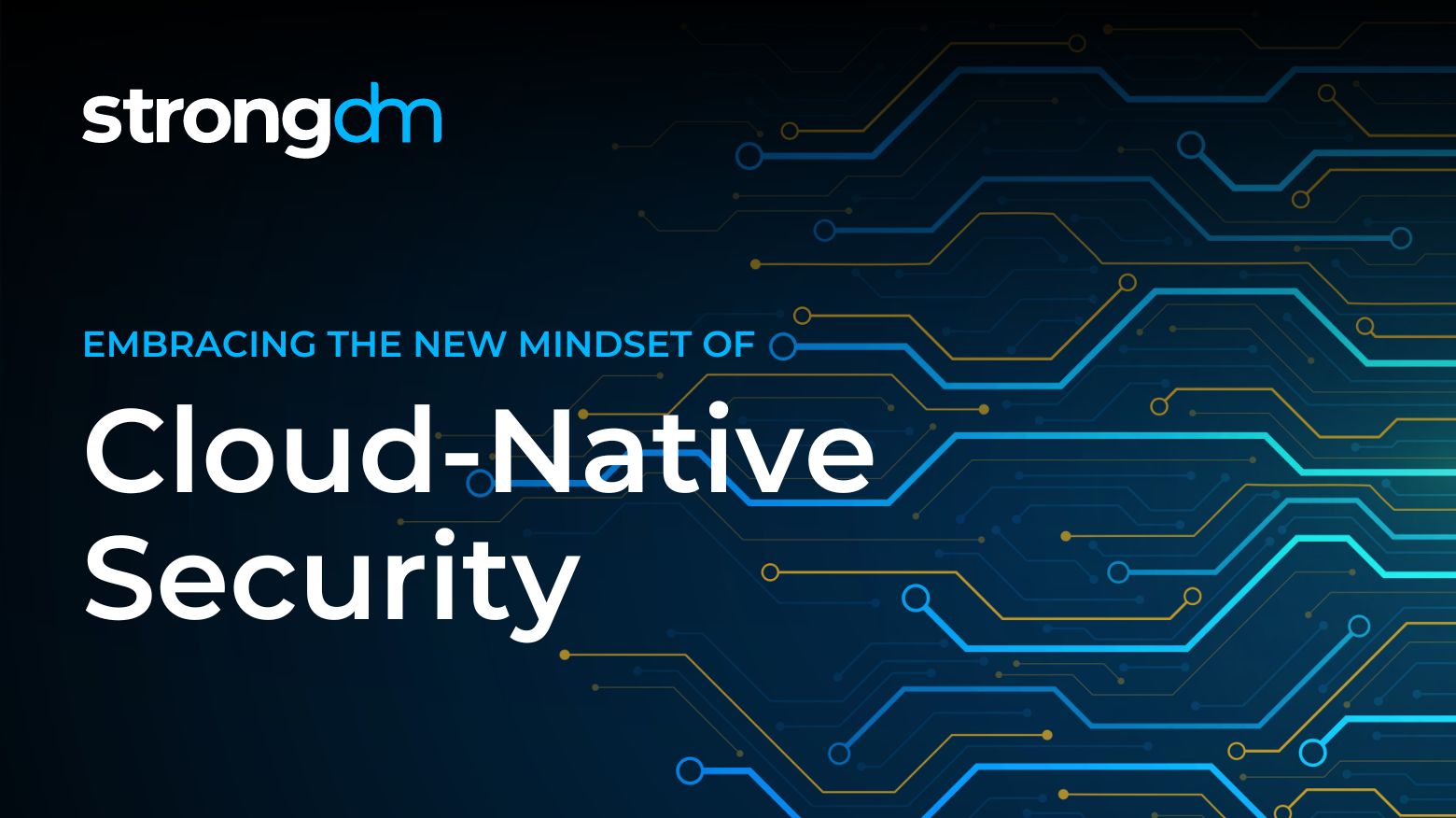
What is a “mindset of cloud-native security”? 🤔 That’s a great question. That’s why Justin McCarthy, CTO and co-founder of strongDM, recently sat down with Mike Vizard at Container Journal and a panel of technology experts to discuss just that—and how to implement it without creating friction.
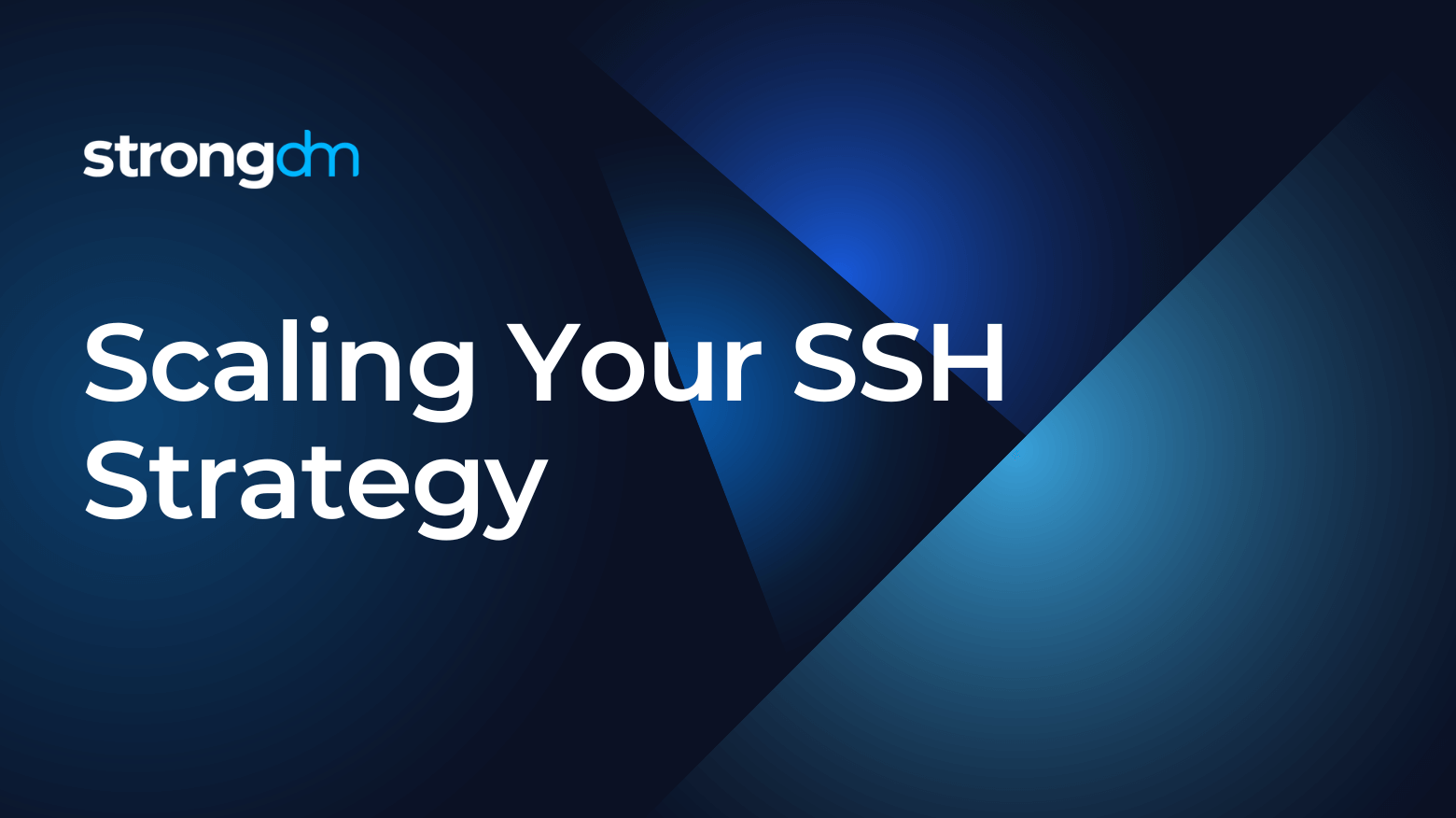
In our last post, we discussed some of the challenges that are inherent to management of SSH keys across your infrastructure as you scale the number of team members and servers. In this post, we will dig into some of your options and the trade-offs that they provide.

There are a number of ways to automate user provisioning but the real challenge lies in keeping track of those credentials.
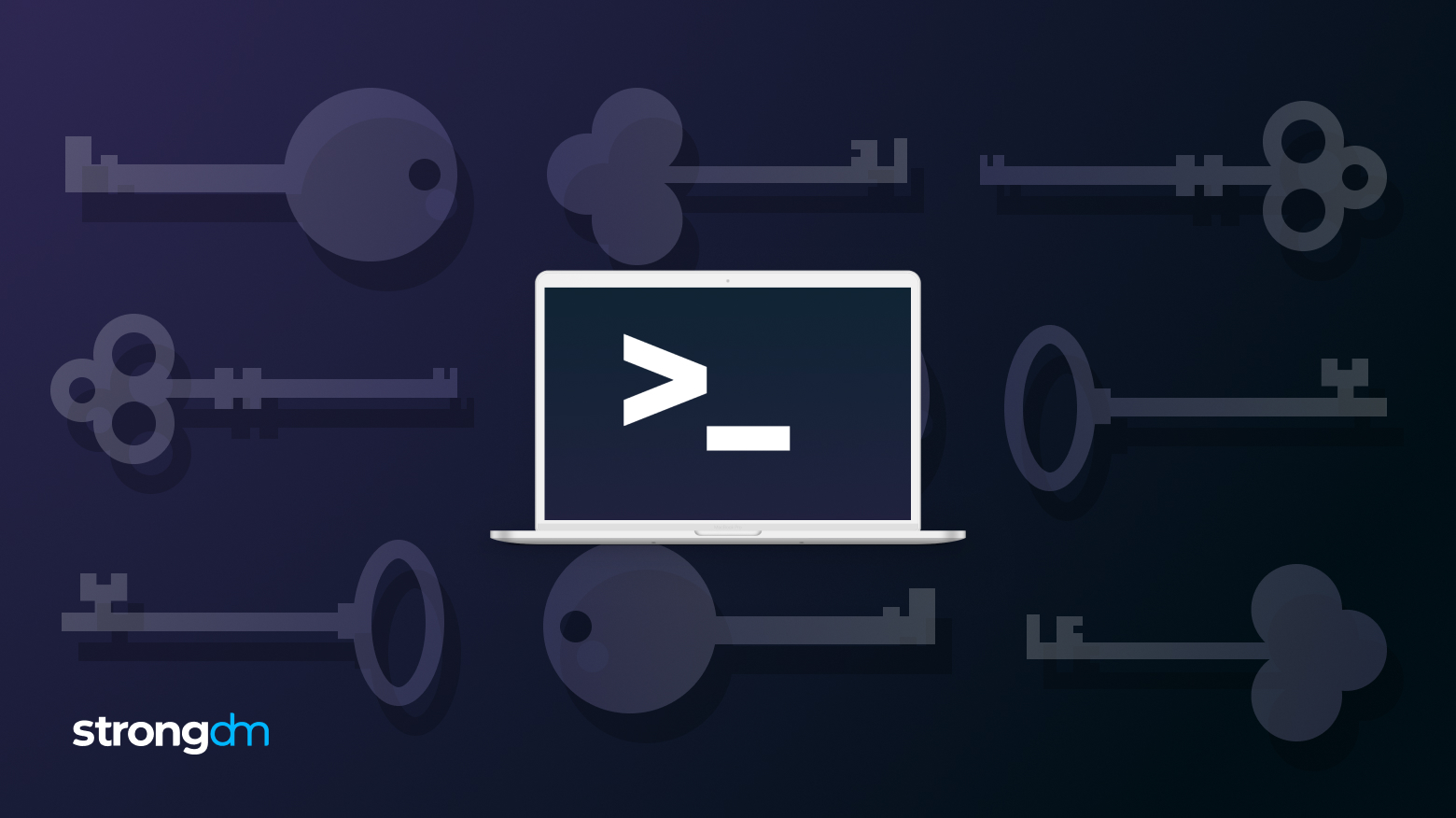
Infrastructure and DevOps administrators face significant barriers in managing Secure Shell (SSH) keys. In this article, we’ll explore the complexities of SSH key management. We’ll also show how to effectively authenticate users without having to manage SSH keys for individual users.
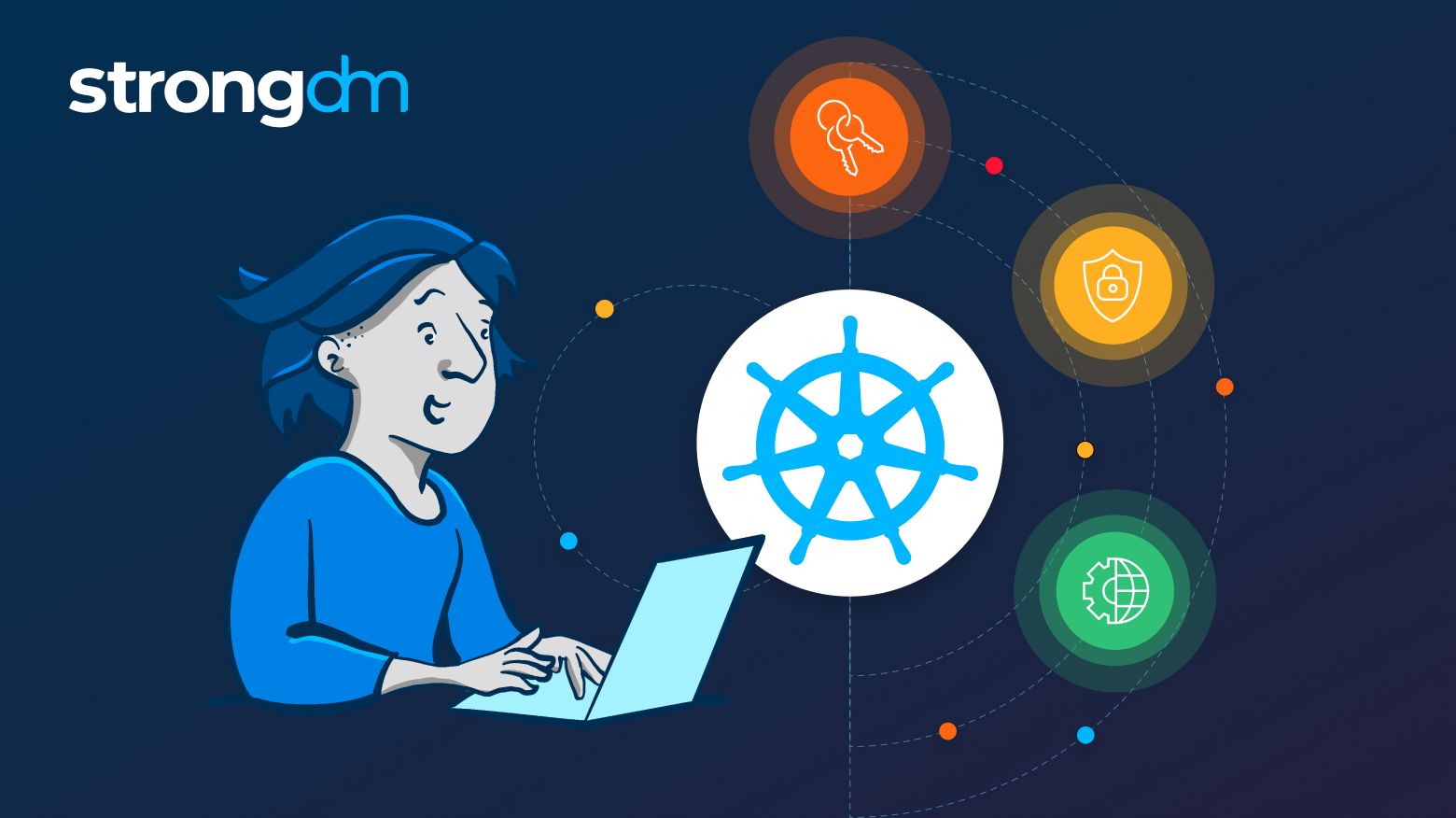
Kubernetes authentication presents a unique challenge. While Kubernetes defines the concepts of both user accounts and service accounts natively, it doesn’t provide us with a single, built-in method for authenticating those accounts. Instead, we must choose from a variety of techniques involving third-party tools or resources to perform Kubernetes cluster authentication.
